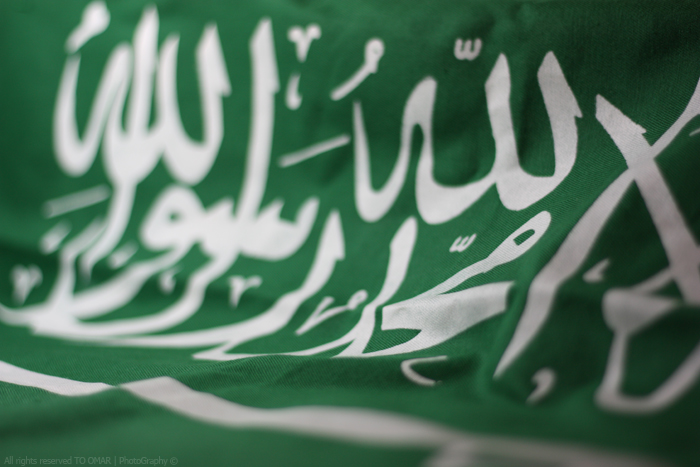AUTHOR AND CONTEXT
The books was published in 2008, by Edmund O’Sullivan, the Chairman of MEED Events. Born in the UK, O’Sullivan went is graduated in monetary economics from the LSE, worked at Reuters Economic Services and as a government economist. He joined MEED in 1979 as a specialist writer on energy and finance. In subsequent years he traveled extensively across Saudi Arabia and the Gulf.
“This book is based on my experiences in the Gulf since joining MEED in August 1979.” (p.14)
“I live the task of writing a definitive academic book to others.” (p.15)
“Finally, The New Gulf is written in an optimistic spirit. Something remarkable is happening in the Gulf. Much is encouraging.” (p.15)
REFERENCES
(p.15)
- The Arab Awakening, George Antonius
- A Peace to End All Peace, Daniel Fromkin
- The Encyclopedia of Islam
- The Prize: The Epic Quest for Oil, Money and Power, Daniel Yergin
- From Trucial States to United Arab Emirates, Frauke Bey-Heard
PREFACE
The Gulf in 2030:
- Growth of tourism
- Potable water from the sea
- Saudi Basic Industries Corporation (SABIC) has one of the biggest manufacturing companies in the world
“This vision of the future is a work of fiction” (p.2)
Tourism is growing faster in the Gulf than anywhere in the world
Saudi: Mecca and Medina. Plans to quintuple the annual number of pilgrims by 2020.
More airports
“Principal constraint on Gulf growth is the limited supply of skilled local labors.” (p.6)
“King Abdullah Economic City, a new town being built north of Jeddah.” (p.7)
“Bahrain and Oman, (…) will probably continue to restrict immigration. But Saudi Arabia’s longterm economic plans are so vast that immigration of skilled workers is essential.” (p.7)
Gulf economy is being created by five abiding factors:
- World’s dependence on hydrocarbons
- Shift of heavy industry to the regions
- Service boom
- Populations explosion
- Globalization
“The greatest enigma of the New Gulf is how modernization, the influx of foreigners and the coming of alien cultures, can be reconciled with Islam and societies that are among the most conservative on earth.” (p.8-9)
“But are the people from GCC ready for rapid change?” (p.9)
“Gulf governments have invariably attempted to promote moderate Islam, but they have been constrained by powerful forces, particularly in Saudi Arabia, where economic and social reforms were blocked.” (p.10)
“A central objective of the New Gulf government policy is producing educated people with a tolerant outlook.” (p.11)
“What role will the outside world play in the New Gulf?” (p.12)
What to do with Iran?
1. RISE OF THE NEW GULF CIVILIZATION
Saudi Arabia’s Farasan Islands: in 1963 Jacques Cousteau wrote The Living Sea (p.26)
“Why does it have more oil than any other place on earth?” (p.28)
“Laa ilaaha illallaah. Mohammedun Rasul Allah!” This can be translated as: “The only God is Gof. Mohammed is the Prophet of God” The words are inscribed in silver in the green national flag of the Kingdom of Saudi Arabia. (p.51)

Saudi Arabia has no fewer than 70,000 mosques, one for every 300 people. (p.53)
2. IN THE KINGDOM
“Saudi Arabia is embracing the future, but its history still echoes.” (p.108)
Radical Islam, 1979. (p.110)
“None of the other five GCC states have endured terror attacks ad attempts on such a scale. Nevertheless, with the terror threats under control, Saudi Arabia is trying to return to normal.”
“Of all the countries of the Gulf, Saudi Arabia is the most difficult to know. Its religion is severe. The ruling of Al Saud family is enormous and private.”
King Fahd VS King Abdullah: “The funeral marked the end of an era, but did it represent the start of a new one?” (p.117)
“King Abdullah was interviewed for US TV by Barbara Walters and came across as tolerant and reasonable, even suggesting equal rights for women, may come in due to course.” (p.118)
Elections in Saudi. (p.120)
“The people of Saudi Arabia remain in many respects what they were before the world came knocking. And, because of its refusal to give up tradition and established beliefs, the kingdom is probably the most misunderstood country on earth.” (p.122)
3. KUWAIT AND THE FEMININE MYSTIQUE
4. MAKING A NEW EDEN IN BAHREIN
5. GETTING RICH QUICKLY IN QATAR
6. THE LAST ARABIAN SULTANATE
7. THE UAE AND THE NEW GULF
“Life has taught us that the impossible is a matter of opinion and that there are no limis to excellence in the pioniring race”. (p.250)
Federal National Council: consultative body, with elections. (p.252)
National Media Council: body to regulate local press and broadcasting. (p.253)
2001: Dubai Media City
Al Arabya: “It all began with the Middle East Broadcasting Centre (MBC), started in London with Saudi money in 1994. MBC was designed to provide an alternative, controlled by Riyadh, to Western satellite news.” (p.255)
Referências:
SULLIVAN, Edmund. The New Gulf – How Modern Arabia is Changing the World for Good. Ajman: Motivate Publishing, 2009. 346pp.

